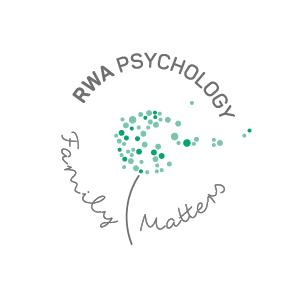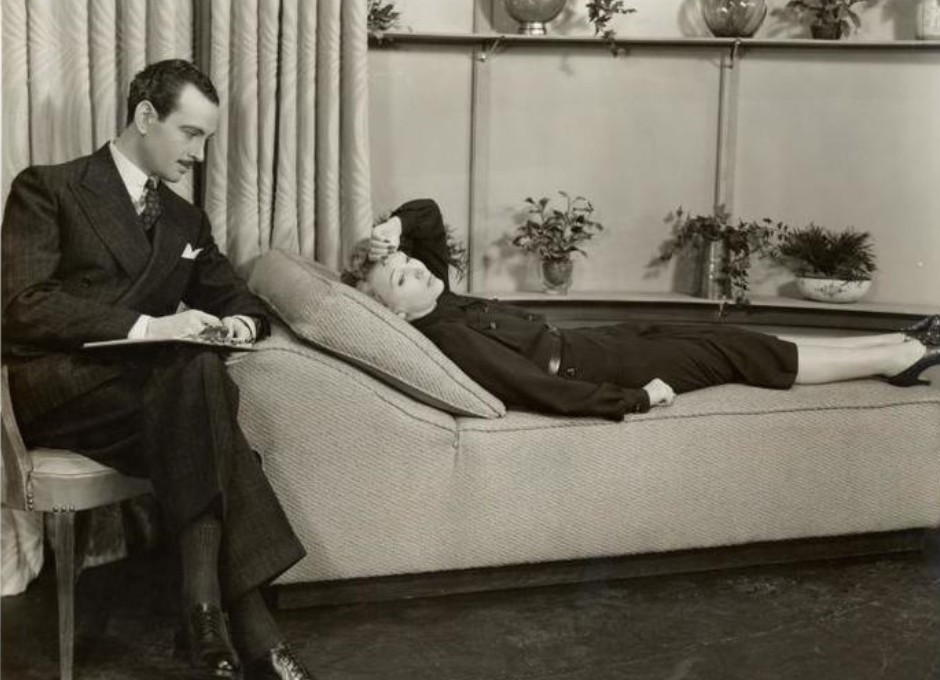I’m sure you’ve heard the joke that all therapists do is listen, throw in some ‘hmm’s and nods, and ask, ‘...and how did that make you feel?’
Our reactions to this joke might be quite telling about our relationship to our emotions. Our emotions are shaped by our own unique life experiences (Peil-Kauffman, 2020), and these automatic sensations and experiences drive our reactions to both internal and external events, are a means by which we communicate to others, and often provide information to us about something that is important and requiring our attention (Mordka, 2016). By increasing our awareness and insight into our emotions, we can better understand what influences our behaviour and reactions to things, harness emotions as information, and thus navigate life with more intentionality.
However, this can be challenging if your response to this quintessential therapy question is one of the following:
“I have no idea...”
You may be blanking and trying to even remember what you felt...or if you felt anything at all. Individuals with this experience may not have been taught to pay attention to their emotions or did not learn that expression of their emotions served a function; this can stem from a lack of modelling of emotions and emotional expression during critical development periods (López-Muñoz & Pérez-Fernández, 2020).
This begs the question of what did inform your reaction to a situation. Was it a purely rational and logical decision, devoid of emotion? Did you look to others to determine how you should be feeling and acting? While these alternatives aren’t necessarily problematic motivations, they may be worth reflecting upon.
“I just felt like I had to...”
Even without your conscious awareness of any specific feelings, they may still be playing a role in driving your behaviours and reactions to things in life, and this can be problematic if this is perpetuating unhelpful vicious cycles.
For example, guilt can be associated with having a heightened sense of responsibility for others and a tendency towards excessive self-blame, which can then drive self-sacrificing, people-pleasing behaviours (Catarino, Gilbert, McEwan, & Baião, 2014). Feelings of shame can lead people to mask their true feelings, hide their difficulties, and avoid leaning on others (Muris et al., 2014) - behaviours that in turn reinforce the sense of defectiveness and isolation. These behaviours can then become increasingly reinforced and automatic, as they often alleviate the uncomfortable feelings. Again, this isn’t necessarily problematic. The very same emotions and thought processes may underpin what we know as a healthy moral compass or self-awareness...but the intensity of the emotions and the lengths to which individuals will go to resolve them can sometimes manifest as unhealthy, self-limiting patterns.
“It was just crazy and irrational of me...”
Perhaps the problem isn’t a lack of awareness of your emotions, but rather that they seem illogical, don’t make sense, or appeared to be a completely disproportionate reaction to the situation. People with this kind of emotional experience might find themselves asking things like, ‘why am I hesitant to pursue a relationship with this person when they are so nice?’ or ‘I know logically that nothing bad is going to happen and it’s all going to be fine, but I just feel terrified for some reason’. This can often lead people to see their emotions as a problematic symptom to be managed rather than an intuition they can trust to guide their responses.
Instead of simply providing symptom relief, Schema Therapy provides the ‘emotion bridges’ back into our past to understand these emotional reactions – the key events or early childhood experiences that are the true origins for these seemingly disproportionate, intense emotions (Dadomo et al., 2016), which then provides the context for how someone can heal and move forward.
“This makes me want to cry and I don’t want to talk about it...”
For some people, being asked this question may even bring up discomfort and tears, along with attunement, validation, and support sufficiently met while growing up may go on to continue feeling confused and overwhelmed by their emotions, and thus will reflexively reject or avoid sitting with them. Alternatively, children who were inadvertently punished for perceived bad behaviour that actually stemmed from underlying distress, or who were made to feel that they should just stop crying, may grow into adults who continue to feel bad, guilty, ridiculous, or silly for being upset (Gottman, 2001).
These experiences may indicate a need to explore your secondary emotions, or your relationship to your emotions, in order to identify where they might stem from and to evaluate how they might still be holding you back.
“How is that even relevant – I just want advice or strategies to deal with it!”
Finally, one common way of coping with one’s emotions is by focusing on problem-solving and fixing things, often driven by a desire to get rid of the emotions. Being able to engage in distraction, to generate and implement practical solutions to problems, or to focus your attention and energy on what you need are all part of a good repertoire for psychological well-being and resilience. However, emotions and suffering are inevitable in life, and an unwillingness to sit with uncomfortable emotions (and coping by engaging in chronic distraction or emotional suppression) is consistently associated with increased psychopathology (Hayes-Skelton & Eustis, 2020).
Instead, fostering experiential acceptance – the non-judgmental stance of allowing and making space for one’s emotions – is one of the key steps to navigating life, challenges and all, in a meaningful, intentional way (Ruiz, 2010).
How therapy can help
One of the key components of therapy, regardless of the specific therapy approach, is building one’s awareness and insight into their emotions and internal experiences. Depending on one’s goals, the focus may then be on healing their relationship with their emotions, such that they can feel safe, valid, and okay to feel and express. For others, they may wish to delve into the past to appropriately attribute their emotional reactions to past experiences, so as to feel more present and emotionally synced with their current reality, and to set up their future with opportunities for corrective, healing experiences. Ultimately, therapy can help individuals build the skills to pause and reflect, and with time, break dysfunctional cycles of emotionally-driven reactions, in order to move forward in a more intentional, values-aligned way.
How do you feel about that?
References
Catarino, F., Gilbert, P., McEwan, K., & Baião, R. (2014). Compassion motivations: Distinguishing submissive compassion from genuine compassion and its association with shame, submissive behavior, depression, anxiety and stress. Journal of Social and Clinical Psychology, 33(5), 399-412.
Dadomo, H., Grecucci, A., Giardini, I., Ugolini, E., Carmelita, A., & Panzeri, M. (2016). Schema therapy for emotional dysregulation: Theoretical implication and clinical applications. Frontiers in Psychology, 7, 1987.
Gottman, J. (2001). Meta-emotion, children’s emotional intelligence, and buffering children from marital conflict. Emotion, Social Relationships, and Health, 23-40.
Hayes-Skelton, S. A., & Eustis, E. H. (2020). Experiential avoidance. In J. S. Abramowitz & S. M. Blakey (Eds.), Clinical handbook of fear and anxiety: Maintenance processes and treatment mechanisms (pp. 115–131). American Psychological Association.
López-Muñoz, F., & Pérez-Fernández, F. (2020). A history of the alexithymia concept and its explanatory models: An epistemological perspective. Frontiers in Psychiatry, 10, 1026.

We've tailored the services at RWA Pyschology - Family Matters to all age groups from young children to adolescents and adults - and we have specialists in crisis, short/medium term counselling and longer term psychotherapy.
Call RWA psychology for an appointment with one of our psychologists.
